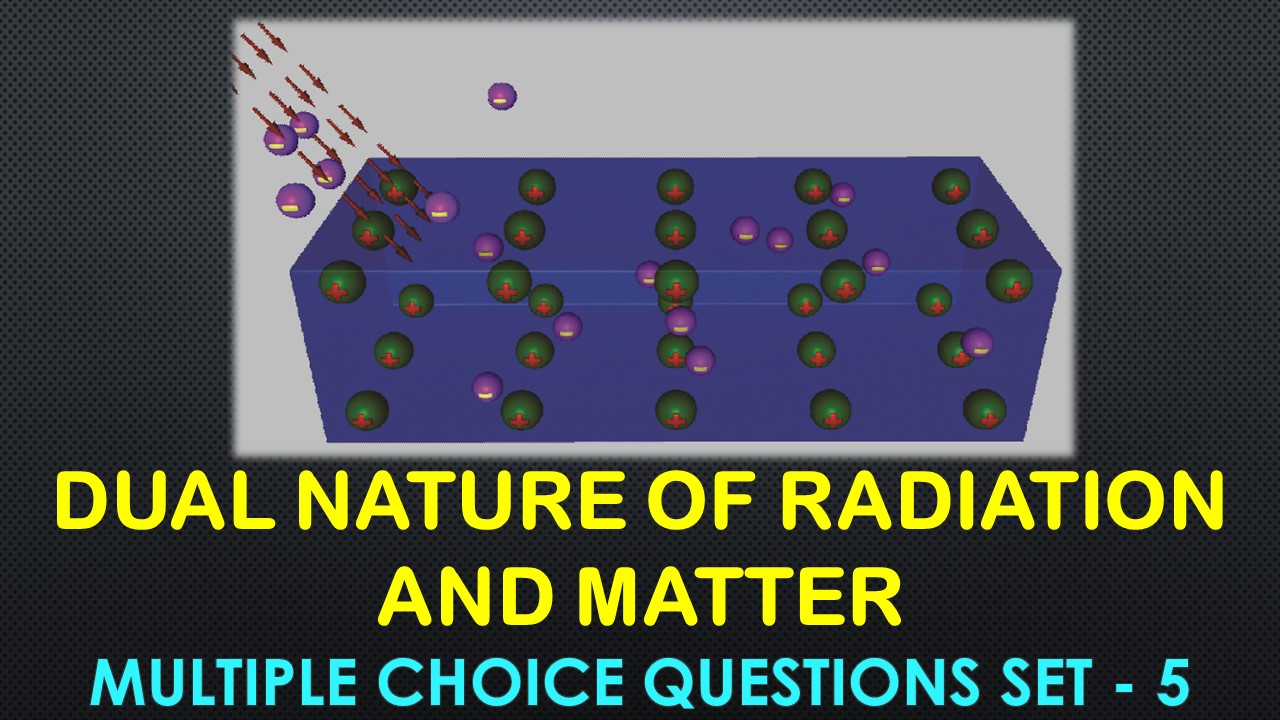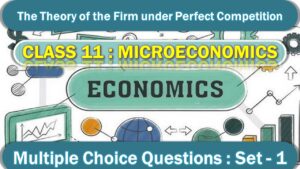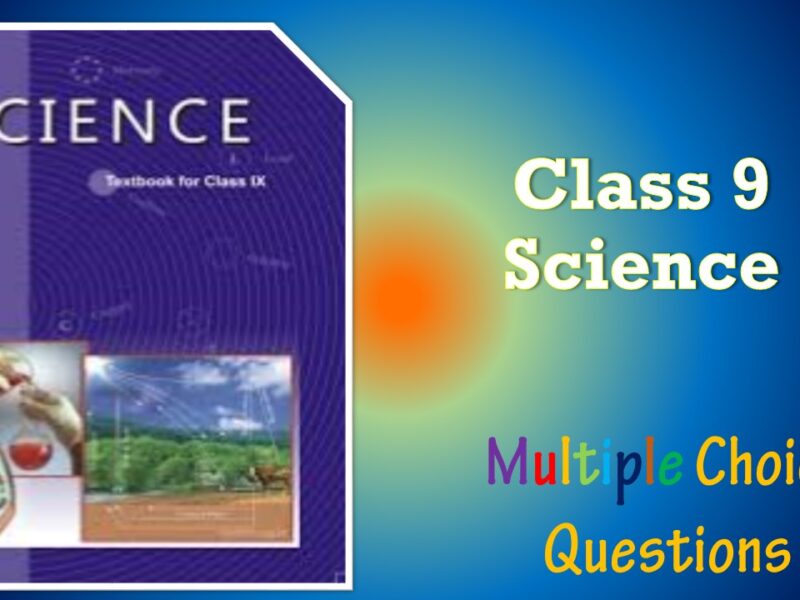CBSE Class 12 Dual Nature of Radiation and Matter Multiple Choice Questions with Answers. MCQ Questions Class 12 Dual Nature of Radiation and Matter with Answers Is Prepared Based on Latest Exam Pattern. Students can solve NCERT Class 12 Dual Nature of Radiation and Matter MCQs with Answers to know their preparation level.
Students who are searching for NCERT MCQ Questions for Class 12 Dual Nature of Radiation and Matter with Answers are compiled here to get good practice on all fundamentals. Know your preparation level on MCQ Questions for Class 12 Dual Nature of Radiation and Matter with Answers. You can also verify your answers from our provided MCQ Class 12 Dual Nature of Radiation and Matter with Answers. So, ace up your preparation with MCQ of Class 12 Physics Examinations.
MCQ Questions Class 12 Dual Nature of Radiation and Matter with Answers - Set - 5
Question 1:
A photon of energy 4 eV is incident on a metal surface whose work function is 2eV. The minimum reverse potential to be applied for stopping the emission of electrons is
(a) 2V
(b) 4V
(c) 6V
(d) 8V
Correct Answer – (A)
Question 2 :
If an electron and a photon propagate in the form of waves having the same wavelength, it implies that they have the same
(a) energy
(b) momentum
(c) velocity
(d) angular momentum
Correct Answer – (B)
Question 3 :
A laser beam is used for carrying out surgery because it
(a) is highly monochromatic
(b) is highly coherent
(c) is highly directional
(d) can be sharply focussed
Correct Answer – (D)
Question 4 :
The surface of zone material is radiated in turn by waves of l = 350 nm and 540 nm respectively.
The ratio of the stopping potential in the two cases is 2 : 1. The work function of the material is
(a) 4.20 eV
(b) 0.15 eV
(c) 2.10 eV
(d) 1.05 eV
Correct Answer – (D)
Question 5 :
When cathode rays strike a metal target of high melting point with a very high velocity then which of the following are produced ?
(a) g-waves
(b) Ultrasonic
(c) X-rays
(d) a-rays
Correct Answer – (C)
MCQ Questions Class 12 Dual Nature of Radiation and Matter with Answers
Question 6 :
Characteristic X-rays are produced due to
(a) transfer of momentum in collision of electrons with target atoms
(b) transition of electrons from higher to lower electronic orbits of an atom
(c) heating of the target
(d) transfer of energy in collision of electrons with atoms in the target.
Correct Answer – (B)
Question 7 :
A proton is about 1840 times heavier than an electron. When it is accelerated by a potential difference of 1 kV, its kinetic energy will be
(a) 1840 keV
(b) 1/1840 keV
(c) 1keV
(d) 920 V
Correct Answer – (C)
Question 8 :
Light of wavelength 4000 Åis incident on a metal plate whose work function is 2eV. What is maximum kinetic energy of emitted photoelectron?
(a) 0.5 eV
(b) 1.1 eV
(c) 2.0 eV
(d) 1.5 eV
Correct Answer – (B)
Question 9 :
Particle nature and wave nature of electromagnetic waves and electrons can be represented by :
(a) photoelectricity and electron microscopy
(b) light is refracted and diffracted
(c) X-rays is diffracted, reflected by thick metal sheet
(d) electrons have small mass, deflected by the metal sheet.
Correct Answer – (A)
Question 10 :
The kinetic energy of an electron, which is accelerated in the potential difference of 100 V, is :
(a) 1.6 × 10–10 J
(b) 1.6 × 108 J
(c) 1.6 × 10–17 J
(d) 1.6 × 10–18 J
Correct Answer – (C)
- NCERT Solutions Class 11 Chemistry Chapter 1 : Some Basic Concepts of Chemistry
- NCERT Solutions Class 11 Chemistry Chapter 2 : Structure Of The Atom
- NCERT Solutions Class 11 Chemistry Chapter 3 : Classification of Elements and Periodicity in Properties
- NCERT Solutions Class 11 Chemistry Chapter 4 : Chemical Bonding and Molecular Structure
- NCERT Solutions Class 11 Chemistry Chapter 5 : States of Matter
- NCERT Solutions Class 11 Chemistry Chapter 6 : Thermodynamics
- NCERT Solutions Class 11 Chemistry Chapter 7 : Equilibrium
- NCERT Solutions Class 11 Chemistry Chapter 8 : Redox Reactions
- NCERT Solutions Class 11 Chemistry Chapter 9 : Hydrogen
- NCERT Solutions Class 11 Chemistry Chapter 10 : The s-Block Elements
- NCERT Solutions Class 11 Chemistry Chapter 11 : The p-Block Elements
- NCERT Solutions Class 11 Chemistry Chapter 12 : Organic Chemistry: Some Basic Principles and Techniques
- NCERT Solutions Class 11 Chemistry Chapter 13 : Hydrocarbons
- NCERT Solutions Class 11 Chemistry Chapter 14 : Environmental Chemistry




